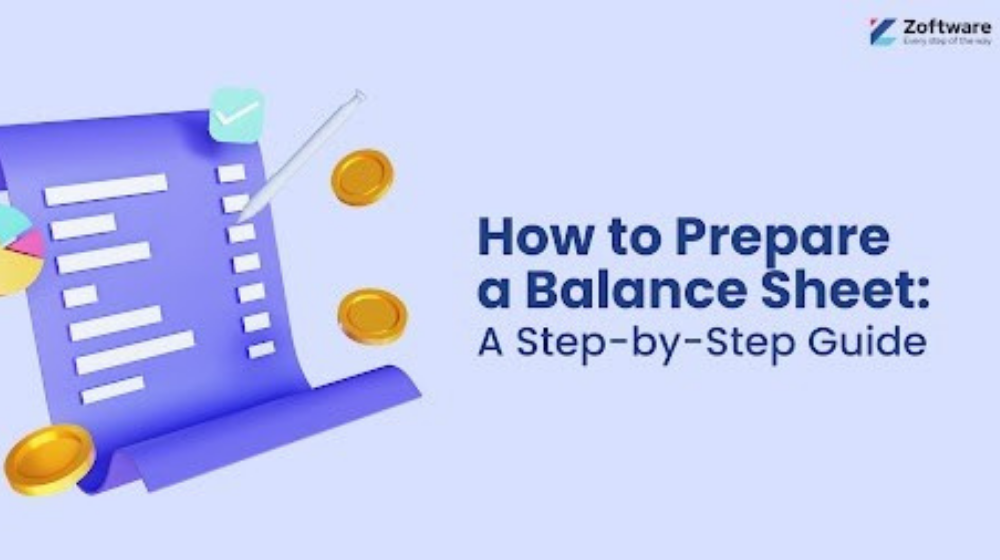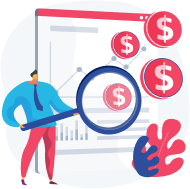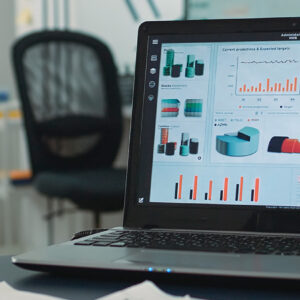Creating a balance sheet is a fundamental aspect of financial management that offers a glimpse into a company’s financial standing at a particular moment. It delineates the company’s resources, obligations, and the equity of its shareholders, illustrating the interconnection between them. The construction of a balance sheet is a vital exercise in accounting and financial documentation, indispensable for entities of varying magnitudes to grasp their financial bearings comprehensively.
For those engaged in finance or accounting, a deep understanding of balance sheets is imperative. While balance sheets come in various forms, such as classified and unclassified, they all aim to convey the same foundational data. Discerning the nuances among different balance sheet formats can aid organizations in selecting the most suitable one for their reporting needs, thereby ensuring the integrity and dependability of their financial statements.
Understanding the Balance Sheet
A balance sheet is a financial statement that reflects a company’s financial position at a given moment. It is composed of three main components: assets, liabilities, and shareholders’ equity. The balance sheet adheres to the following fundamental accounting equation:
Assets = Liabilities + Shareholders’ Equity
This equation must always be balanced, hence the term “balance sheet.”
Assets
Assets are resources owned by the company that are expected to yield economic benefits in the future. They are categorized as either current or non-current:
– Current Assets: These are assets that are expected to be converted into cash or used up within one year. Examples include cash and cash equivalents, accounts receivable, inventory, and other liquid assets.
– Non-Current Assets: These assets are not expected to be liquidated within a year. They include long-term investments, property, plant, and equipment (PP&E), intangible assets like patents and trademarks, and deferred tax assets.
Liabilities
Liabilities are the company’s financial obligations—what the company owes to others. Like assets, liabilities are divided into two categories:
– Current Liabilities: These are obligations that are due within one year, such as accounts payable, short-term debt, and other short-term borrowings.
– Non-Current Liabilities: These are obligations that are due in more than one year, including long-term debt, pension liabilities, and deferred tax liabilities.
Equity
Equity, also known as shareholders’ equity, represents the owners’ claims after liabilities have been settled. It includes:
– Common Stock: The value of the initial funds that shareholders invested in the company.
– Retained Earnings: The accumulated net income that has been reinvested in the company rather than paid out as dividends.
– Additional Paid-In Capital: Any excess funds received from shareholders over and above the par value of the stock.
– Treasury Stock: The cost of shares repurchased by the company.
– Accumulated Other Comprehensive Income: Gains and losses that have not been realized or included in the net income.
Types of Balance Sheets
Balance sheets can be classified or unclassified, depending on the level of detail and organization of the information presented.
Classified Balance Sheet
A classified balance sheet presents assets and liabilities in distinct current and non-current categories, which provides clarity and allows for better assessment of the company’s liquidity and financial flexibility. This format is preferred by larger companies and is more informative for external analysis.
Unclassified Balance Sheet
An unclassified balance sheet does not categorize assets and liabilities. While less common, it may be used by smaller businesses due to its simplicity.
Preparing a balance sheet is a systematic process that requires a clear understanding of your company’s financial transactions. Here is a detailed step-by-step guide to help you prepare an accurate balance sheet:
Step 1: Understand the Basic Formula
The balance sheet is based on the fundamental equation:
Assets= Liabilities + Equity
This equation must balance out, hence the name “balance sheet.”
Step 2: Choose Your Reporting Date
A balance sheet represents a company’s financial position at a single point in time, often at the end of a fiscal quarter or year.
Step 3: Gather Financial Information
Collect all financial data, including bank statements, invoices, loan documents, and inventory records. This information will provide the figures for your assets, liabilities, and equity.
Step 4: List All Assets
Assets should be divided into current and non-current:
– Current Assets: These are assets that will be converted to cash within one year. List them in order of liquidity, starting with cash, marketable securities, accounts receivable, inventory, and prepaid expenses.
– Non-Current Assets: These are long-term assets that cannot be easily converted to cash within a year, such as property, plant, and equipment (PP&E), long-term investments, intangible assets, and deferred tax assets.
Step 5: List All Liabilities
Like assets, liabilities are divided into current and non-current:
– Current Liabilities: These are obligations due within one year, including accounts payable, short-term debt, accrued liabilities, and other short-term obligations.
– Non-Current Liabilities: These are long-term obligations that are due in more than one year, such as long-term debt, pension liabilities, and long-term lease obligations.
Step 6: Calculate Shareholders’ Equity
Shareholders’ equity is what remains after all liabilities have been subtracted from the assets. It includes:
– Paid-in Capital: The total amount of cash and other assets paid into the company by shareholders in exchange for stock.
– Retained Earnings: The accumulated net income retained for reinvestment in the company, not paid out as dividends.
– Treasury Stock: The cost of shares repurchased by the company.
– Accumulated Other Comprehensive Income: These are unrealized gains and losses reported in the equity section of the balance sheet.
Step 7: Balance the Balance Sheet
Ensure that the sum of liabilities and shareholders’ equity equals the total assets. If they don’t balance, recheck your figures and classifications.
Step 8: Create Supporting Schedules
For complex balance sheets, supporting schedules that detail the composition of line items such as “Property, Plant, and Equipment” or “Accumulated Depreciation” can be very helpful.
Step 9: Draft the Balance Sheet
Using the gathered information, draft your balance sheet. It should be presented in a clear format, typically with assets on the left side or the top and liabilities plus equity on the right side or the bottom.
Step 10: Review and Adjust
Review the balance sheet for accuracy. Adjust any estimates for asset valuations or liability obligations if new information is available.
Step 11: Finalize the Document
Once you’ve ensured all information is accurate and the balance sheet balances, finalize the document. It can now be used for internal analysis or provided to external stakeholders.
Step 12: Get Professional Review (Optional)
Especially for larger companies, it’s often beneficial to have the balance sheet reviewed by a professional accountant or auditor to ensure compliance with accounting standards.
Step 13: Publish and File
Publish the balance sheet as part of your company’s financial statements and file it with the relevant authorities if required (e.g., SEC for public companies).
Step 14: Use the Balance Sheet for Analysis
Use the finalized balance sheet to perform financial analysis, such as calculating financial ratios, to understand the financial health and operational efficiency of your company.
Common Mistakes and How to Avoid Them
When preparing a balance sheet, common errors can lead to a misrepresentation of a company’s financial position. These include:
– Omitting Transactions: Ensure all financial activities are recorded.
– Misclassification: Properly categorize all items as current or non-current.
– Incorrect Valuation: Use appropriate valuation methods for assets and liabilities.
– Failure to Reconcile: Regularly reconcile accounts to prevent discrepancies.
– Not Reviewing Regularly: Update and review the balance sheet periodically to reflect the most current information.
Tips for Accurate Balance Sheet Preparation
– Detailing: Provide as much detail as possible without cluttering. Group similar items together and provide notes for clarification.
– Consistency: Apply the same accounting methods and principles from one period to the next.
– Documentation: Keep thorough documentation to support the figures on the balance sheet.
– Professional Assistance: Consider consulting with a certified accountant for complex items or for a final review.
Conclusion
The balance sheet is a fundamental tool in financial analysis, offering a clear view of what a company owns and owes, as well as the invested equity. Its preparation is a systematic process that requires attention to detail, a thorough understanding of accounting principles, and a commitment to accuracy. By adhering to these guidelines and best practices, businesses can ensure that their balance sheets serve as reliable tools for decision-making and financial reporting. For those seeking specialized software solutions, platforms like Zoftware provide a valuable resource for identifying the most suitable accounting tools to streamline financial management processes.





